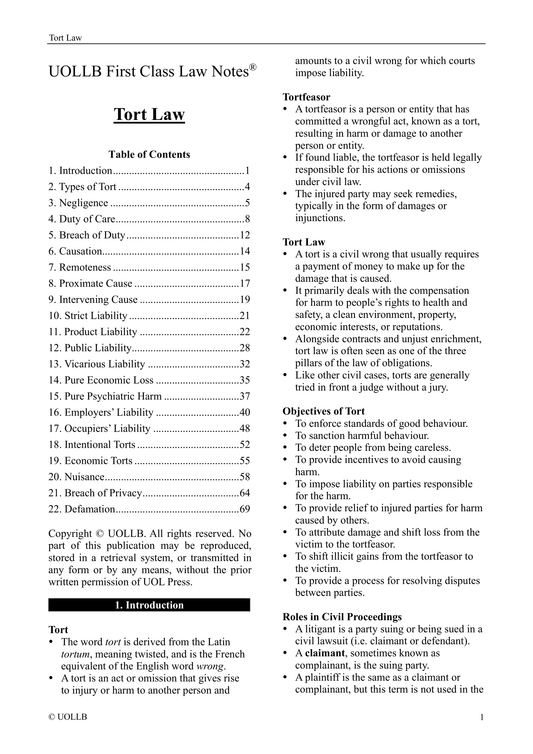Landlord and Tenant Act 1954 Part II
Share
Security of tenure under the Landlord and Tenant Act 1954 Part II refers to the rights granted to business tenants in England and Wales, allowing them to remain in their commercial premises and renew their lease at the end of the contractual term, subject to certain conditions and exceptions.
Application of the Act: The Landlord and Tenant Act 1954 Part II applies to commercial tenancies in England and Wales. It grants security of tenure to business tenants, meaning they have the right to renew their lease when it expires, subject to certain conditions and exceptions.
Renewal lease by the tenant: Under the Landlord and Tenant Act 1954 Part II, when a commercial lease is coming to an end, the tenant has the right to apply to the court for a new lease. This right is automatic and cannot be excluded by any agreement between the landlord and tenant. To exercise this right, the tenant must serve a formal notice on the landlord expressing their intention to renew the lease.
Termination by the landlord: The landlord can terminate the lease and oppose the tenant's right to a new lease by serving a section 25 notice or a section 26 notice under the Landlord and Tenant Act 1954 Part II. The section 25 notice is used when the landlord wishes to terminate the tenancy and has grounds for opposition. The section 26 notice is used when the landlord wants to terminate the tenancy without any grounds for opposition.
Landlord's grounds of opposition: The Landlord and Tenant Act 1954 Part II provides certain grounds on which the landlord can oppose the tenant's request for a new lease. Some of the common grounds of opposition include:
- The tenant's failure to comply with repairing obligations.
- Persistent delays in paying rent.
- Substantial breaches of other lease covenants.
- The landlord's intention to redevelop the property.
- The landlord's intention to occupy the property for their own business purposes.
Terms of the new lease: If the tenant successfully exercises their right to a new lease, the terms of the new lease will be determined by the court if the landlord and tenant cannot agree on the terms themselves. The court will consider various factors, including market rent, the length of the lease, and any other relevant terms.
Availability of compensation: Under the Landlord and Tenant Act 1954 Part II, if the landlord successfully opposes the tenant's right to a new lease on certain grounds, the tenant may be entitled to compensation. The compensation aims to provide the tenant with some financial assistance for the loss of their business premises. The amount of compensation will be determined by the court based on the circumstances of the case.
The Act was introduced to provide protection and stability for business tenants by preventing landlords from easily evicting them without sufficient grounds. It is essential for both landlords and tenants to understand their rights and obligations under the Landlord and Tenant Act 1954 Part II to ensure a fair and smooth renewal process.




























































